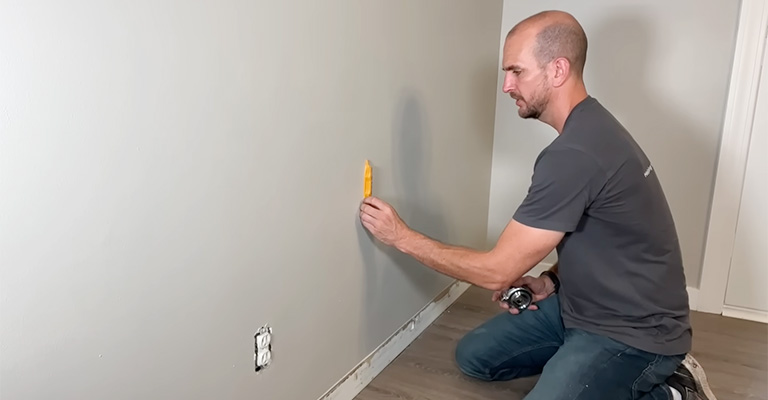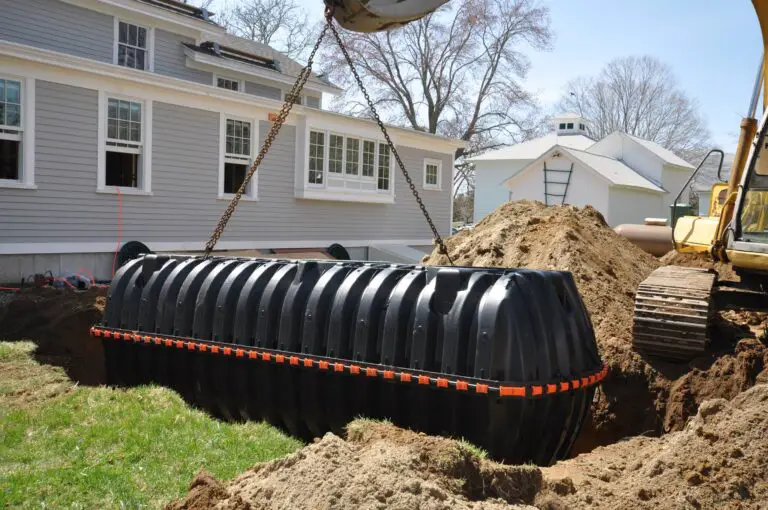How Do I Find Electrical Wires in The Wall?
If you are planning to drill into a wall, hang a picture, or install a shelf, you need to know where the electrical wires are in the wall. Drilling into a live wire can cause electrocution, fire, or damage to your electrical system.
Fortunately, there are some methods you can use to find electrical wires in the wall without damaging it. Here are three of them:
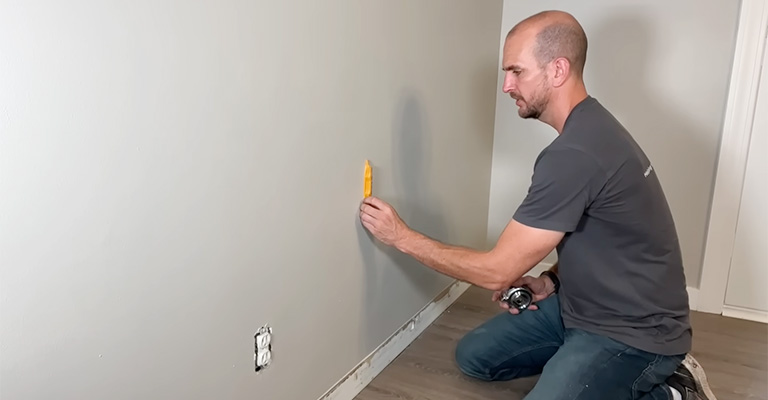
How Do I Find Electrical Wires in the Wall?
Here are 7 seven methods to find electrical wire in wall.
Method 1: Electrical Wire Detector
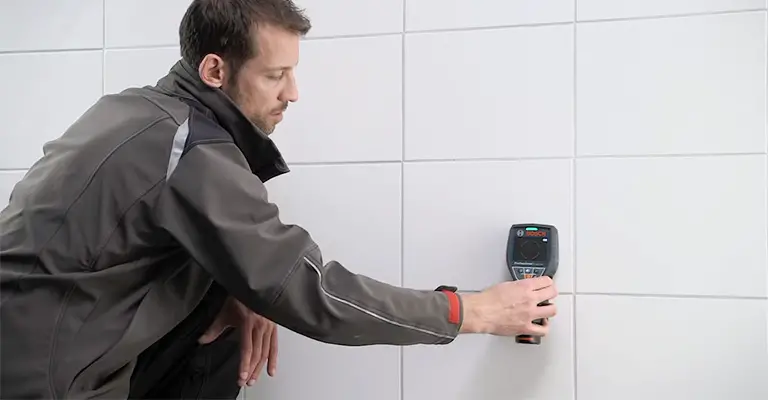
An electrical wire detector is a device that can locate live wires behind the wall by emitting and receiving a signal. Some detectors can also find other objects in the wall, such as pipes, studs, or nails. To use an electrical wire detector, you need to follow these steps:
- Buy an electrical wire detector that suits your needs and budget. There are different types of detectors available, some of which can detect wires through different materials, such as drywall, concrete, or wood. Some detectors require the wires to be live, while others can work with non-live wires. Check the specifications and reviews of the detector before buying it.
- Plug the transmitter into an outlet near the area where you want to find the wires. The transmitter is the part of the device that emits the signal. If your detector does not have a plug, you can connect it to a cable that is protruding from the wall using a suitable connector.
- Turn on both the transmitter and the receiver. The receiver is the part of the device that picks up the signal and indicates the location of the wires. It usually has a display screen, a light, or a sound that alerts you when you are close to a wire.
- Place the receiver against the wall and move it slowly along the surface. The receiver will beep, flash, or show a reading when it detects a wire behind the wall. Mark the location of the wire with a pencil or tape.
- Repeat this process for other areas of the wall where you suspect there are wires.
Method 2: Magnetic Stud Finder
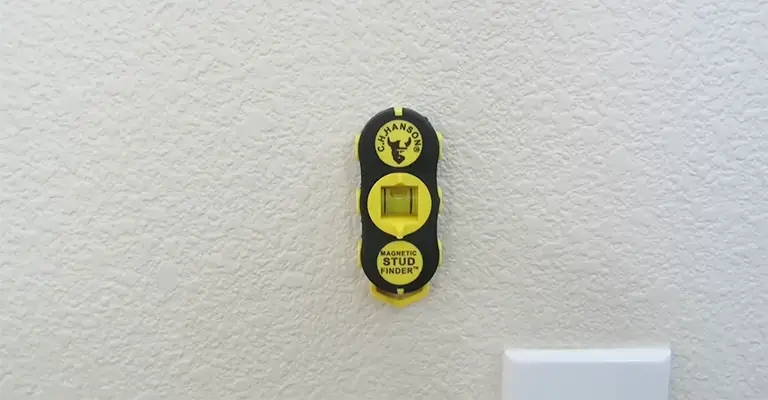
A magnetic stud finder is a simple tool that can help you find electrical wires in the wall by locating the metal studs that support them. Most electrical wires run through holes drilled in the studs, so finding them can give you an idea of where the wires are. To use a magnetic stud finder, you need to follow these steps:
- Buy a magnetic stud finder that is strong enough to detect metal studs through your wall material. There are different models of magnetic stud finders available, some of which have magnets on both sides, while others have only one magnet and a level.
- Hold the stud finder against the wall and slide it horizontally until you feel it stick to something. This means you have found a metal stud or nail behind the wall. Mark its location with a pencil or tape.
- Move the stud finder vertically along the same spot until you feel it stick again. This means you have found another metal stud or nail behind
the wall. Mark its location as well. - Measure 16 inches from one mark to another horizontally. This is usually the standard distance between studs in most walls. Mark this spot as well.
- Repeat this process for other areas of the wall where you want to find
the wires.
Method 3: Hole And Camera
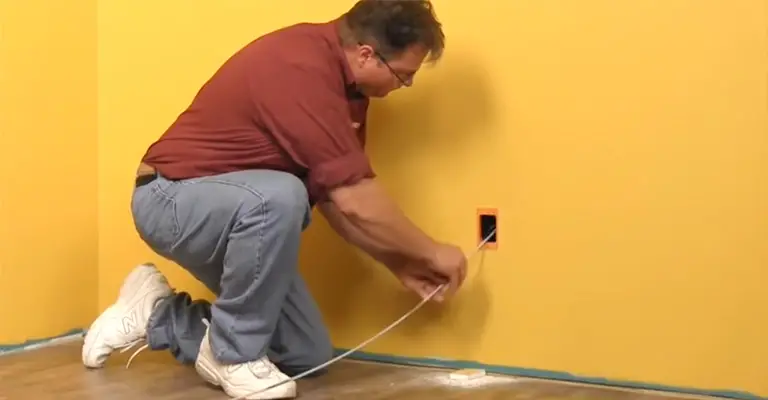
This method is ideal for homeowners who don’t mind damaging their walls a little. It involves drilling a small hole in the wall and inserting a camera or endoscope to see what’s behind it. To use this method, you need to follow these steps:
- Buy a camera or endoscope that is small enough to fit through a hole in
the wall and has a long enough cable to reach your desired area. You also need a drill and a drill bit that matches the size of your camera or endoscope. - Choose an inconspicuous spot on the wall where you want to drill
the hole, such as behind furniture or artwork. - Drill a small hole in the wall using your drill and drill bit. Be careful not
to drill too deep or hit any wires or pipes behind the wall. - Insert your camera or endoscope through the hole and turn it on. You should be able to see what’s behind
the wall on your device’s screen or monitor. - Move your camera or endoscope around until you find
the wires in
the wall. You can also take pictures or record videos for future reference. - Remove your camera or endoscope from
the hole and patch it up with spackle or filler.
Method 4: Using a Circuit Breaker Finder
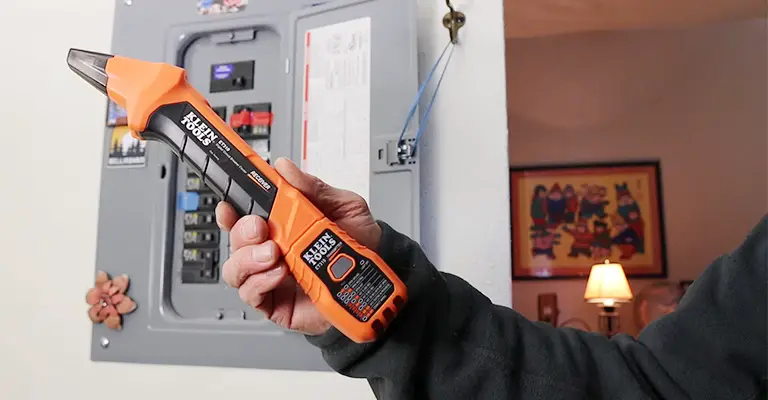
A circuit breaker finder is another non-invasive method to locate electrical wires.
This tool works by tracing the path of a wire from the circuit breaker box to the outlet or light switch. To use a circuit breaker finder, plug the transmitter into the outlet or light switch and then use the receiver to locate the corresponding circuit breaker in the breaker box.
Once you have located the circuit breaker, you can turn it off to confirm that the power to the outlet or light switch has been cut off.
Method 5: Using a Non-contact Voltage Tester
A non-contact voltage tester is a simple tool that detects the presence of electrical voltage without making contact with the wires.
To use a non-contact voltage tester, turn it on and hold it near the wall where you suspect there may be electrical wires.
If there are wires present, the tester will emit a sound or light up to indicate their presence. This tool is especially useful for identifying live wires that may pose a danger during a renovation or repair project.
Method 6: Using a Fish Tape to Trace Wires
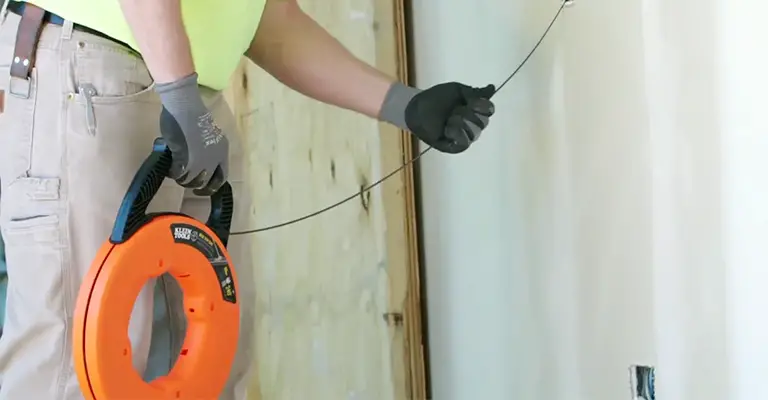
A fish tape is a long, flexible wire that can be used to trace the path of an electrical wire through the wall.
To use a fish tape, push one end into the wall and then use the other end to trace the path of the wire.
This method can be challenging and time-consuming, but it can be very effective for locating wires.
Method 7: Using an Endoscope to Locate Wires
An endoscope is a tool that has a long, flexible camera attached to a small screen. It can be inserted into small holes in the wall to locate electrical wires.
To use an endoscope, insert the camera into the hole and move it around to locate the wires. This method is very precise and can be very effective, but it may be more expensive than other methods.
Choosing the Appropriate Method Based on Your Needs
When choosing a method to find electrical wires in the wall, it’s important to consider your needs and the level of precision required.
If you need a more accurate method, invasive methods may be necessary, but they also come with increased risk. It’s important to take all necessary safety precautions and, if in doubt, seek professional help.
Types of Electrical Wiring
Understating the types of wiring might help in finding the wire in wall.
There are several types of electrical wiring used in homes and buildings, and it’s important to understand the differences between them.
Non-metallic sheathed cable (NM)
NM cable is the most common type of electrical wiring used in homes. It consists of two or more insulated wires wrapped in a plastic sheath. NM cable is usually used for general wiring, such as powering outlets and lights.
Armored cable (AC)
AC cable is similar to NM cable, but it has a metal armor layer that provides additional protection. It’s often used in areas where the wiring is exposed to potential damage, such as in a basement or attic.
Metal-clad cable (MC)
MC cable is similar to AC cable, but it has a flexible metal jacket instead of a rigid armor layer. It’s often used in commercial and industrial applications.
BX cable
BX cable is an older type of armored cable that has a flexible metal sheath. It’s not as common as it used to be, but it may still be found in older homes.
Conduit
Conduit is a type of tubing that’s used to protect electrical wiring. It can be made of metal or plastic and is often used in commercial and industrial applications.

